11 Best Chinese Five Spice Substitutes
Explore the top 11 substitutes for Chinese Five Spice to keep your recipes flavorful. From common kitchen staples to unique blends, find the perfect alternative for your cooking needs!
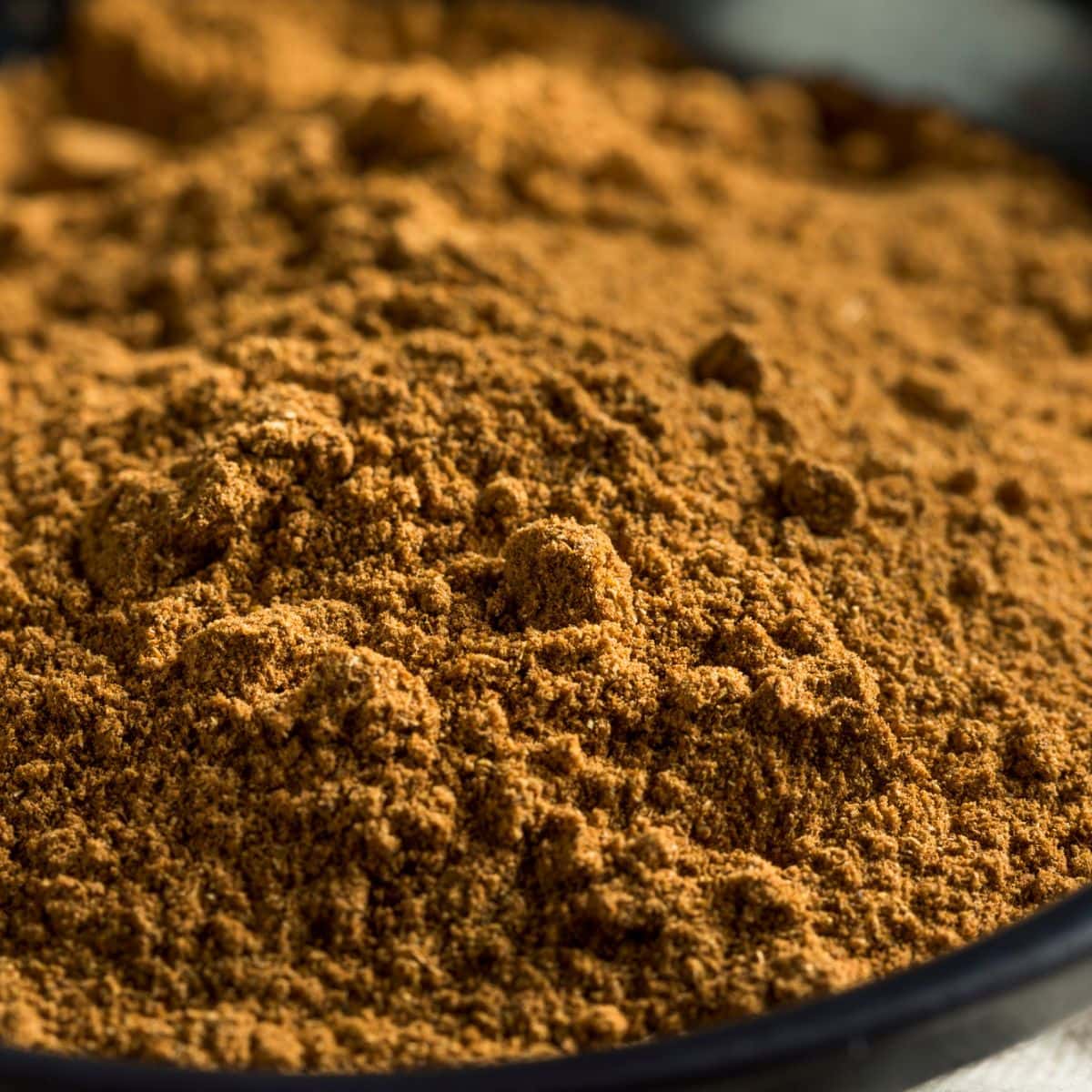
This potent blend is a mix of Chinese cinnamon, Sichuan peppercorns, fennel seeds, star anise, and cloves. This flavorsome powder is used to elevate your cooking.
But what if you run out of Chinese five spice? Or you can’t find it in your nearest grocery store? No need to worry. In this post, you’ll learn 11 of the best Chinese five spice substitutes.
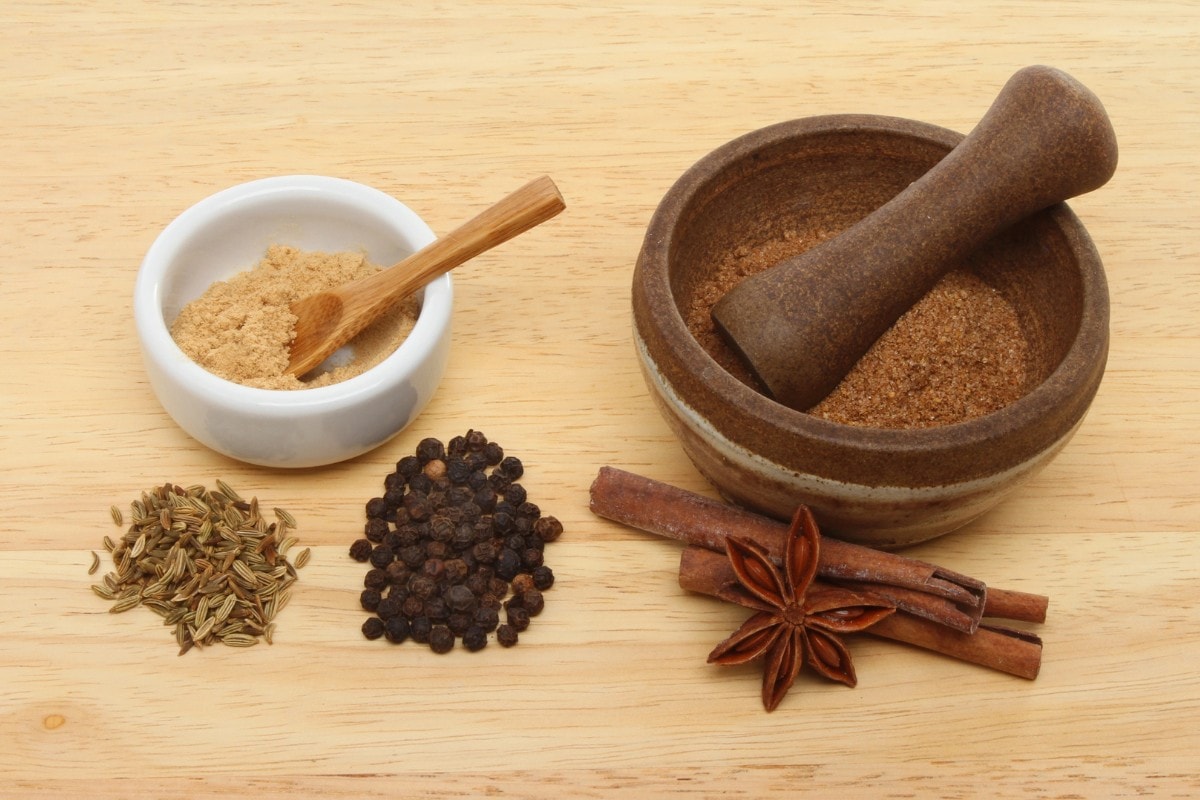
What is Chinese Five Spice Powder?
Chinese Five Spice Powder is a staple in Chinese cuisine. It’s known for its unique balance of the five basic flavors: sweet, sour, bitter, salty, and umami. This aromatic blend typically includes Chinese cinnamon (or cassia), star anise, cloves, Sichuan peppercorns, and fennel seeds.
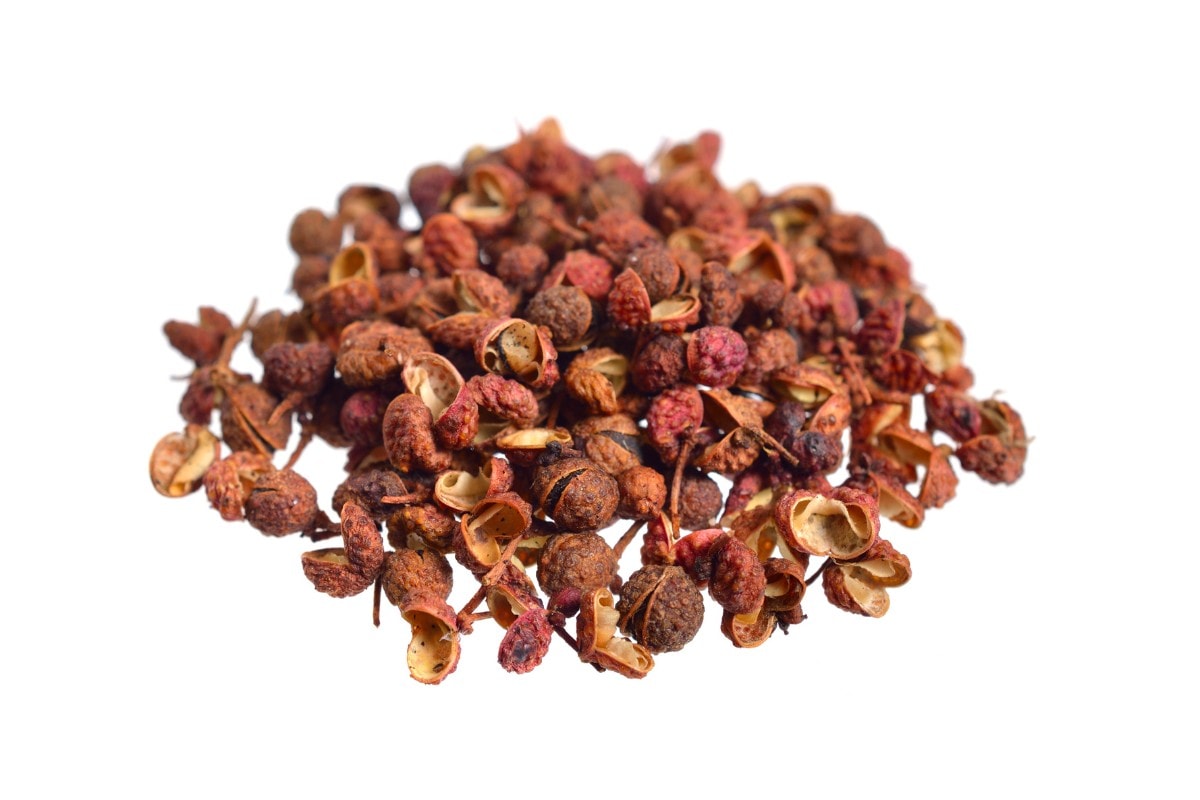
Each ingredient contributes to the complex taste that can instantly transform a variety of dishes. Interestingly, this spice mix is rooted in traditional Chinese medicine and is believed to promote balance and health. It’s versatile, used in everything from braises and marinades to sweet desserts. It’s an essential element for authentic Asian cooking.
Chinese Five Spice Substitutes
1. Garam Masala
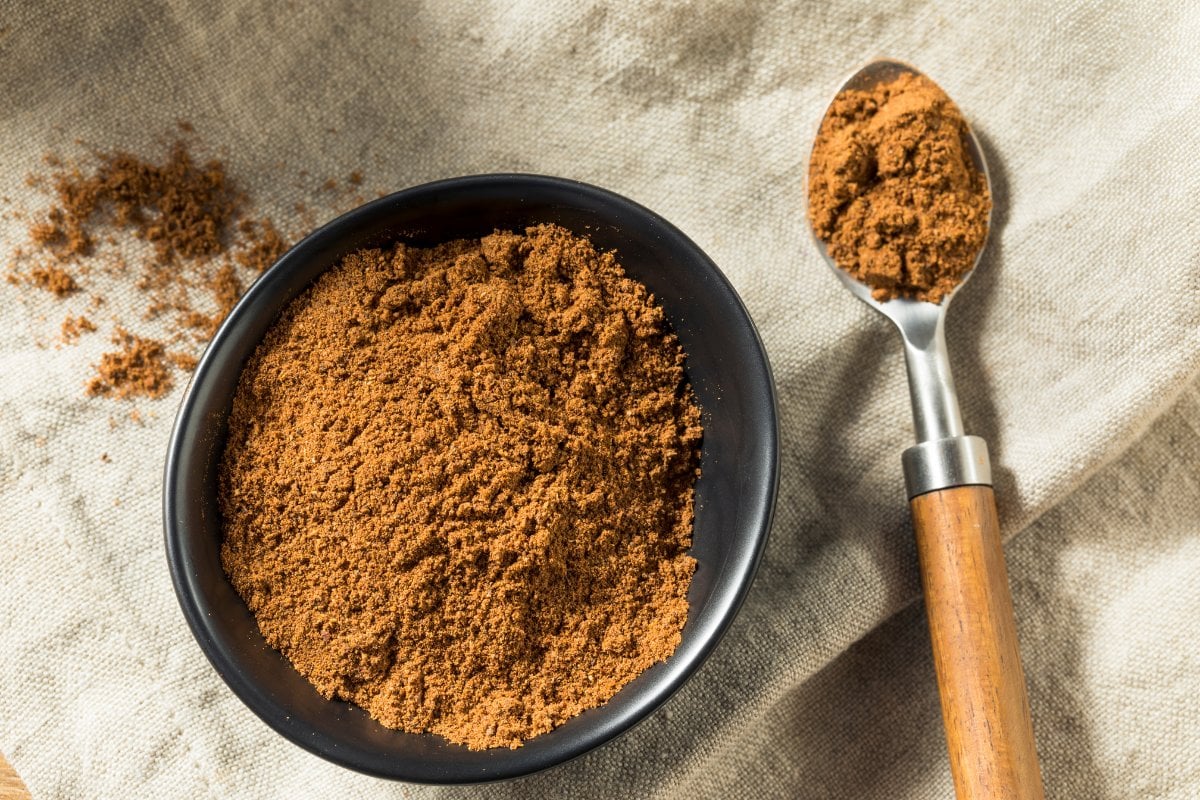
Garam Masala is a key Indian spice mix containing cinnamon, black pepper, nutmeg, cardamom, cumin, clove, and coriander. It adds a warm, sweet flavor to dishes and is a good stand-in for Chinese five spice due to its similar taste profile. It’s widely available, which makes it a convenient option. When substituting, use half the amount of Garam Masala as you would Chinese five spice, and consider adding fennel seeds to better mimic the original blend.
Garam Masala translates to “hot spices” in Hindi, but the “hot” refers not to spicy heat but to the warming properties the spices have according to Ayurvedic medicine. Unlike Chinese five spice, which has a fixed recipe, Garam Masala recipes can vary regionally and even from household to household in India, with some blends including more exotic spices like saffron or mace.
2. Za’atar
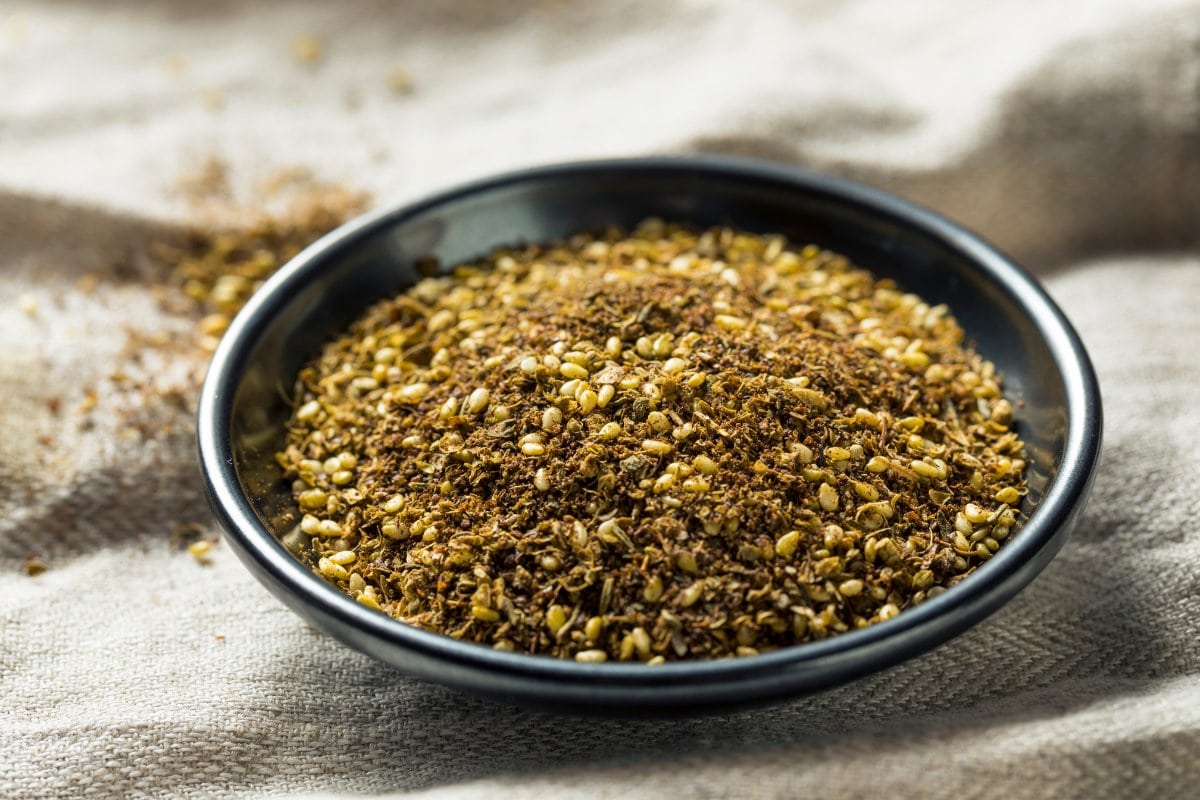
Za’atar is a Middle Eastern spice blend that typically combines dried herbs like thyme, oregano, and marjoram with sesame seeds, sumac, and salt. It has a tangy, nutty, and herbal flavor profile, which can serve as an alternative to Chinese five spice in some recipes, especially when looking to add a Middle Eastern twist to a dish. It’s less sweet but brings its own unique savory notes.
Za’atar is not only used for its flavor but also for its supposed health benefits, which include improved memory and energy levels. The specific recipe for Za’atar can vary by country and even by family, with some adding ingredients like cumin or coriander.
3. Baharat
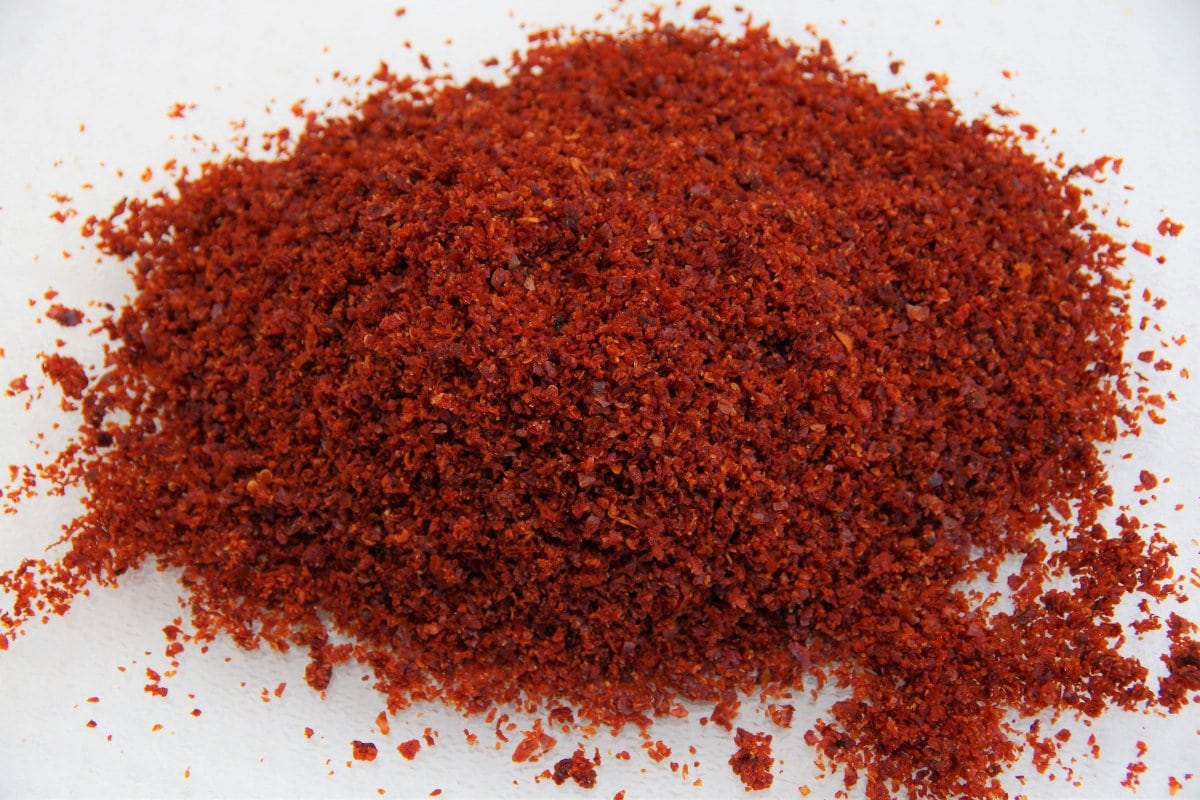
Baharat, a staple in Middle Eastern kitchens, blends warm spices like paprika, cumin, peppercorns, coriander, cinnamon, cloves, cardamom, and nutmeg. This combination imparts a depth of flavor that’s peppery and mildly sweet, offering a good alternative to Chinese five spice for a variety of recipes.
What’s particularly interesting about Baharat is its regional adaptability. The mix can vary, reflecting local tastes. For example, Turkish versions may include mint, while Lebanese variations often feature allspice, showcasing the blend’s versatility and essential role in regional cuisines.
4. Ras El Hanout
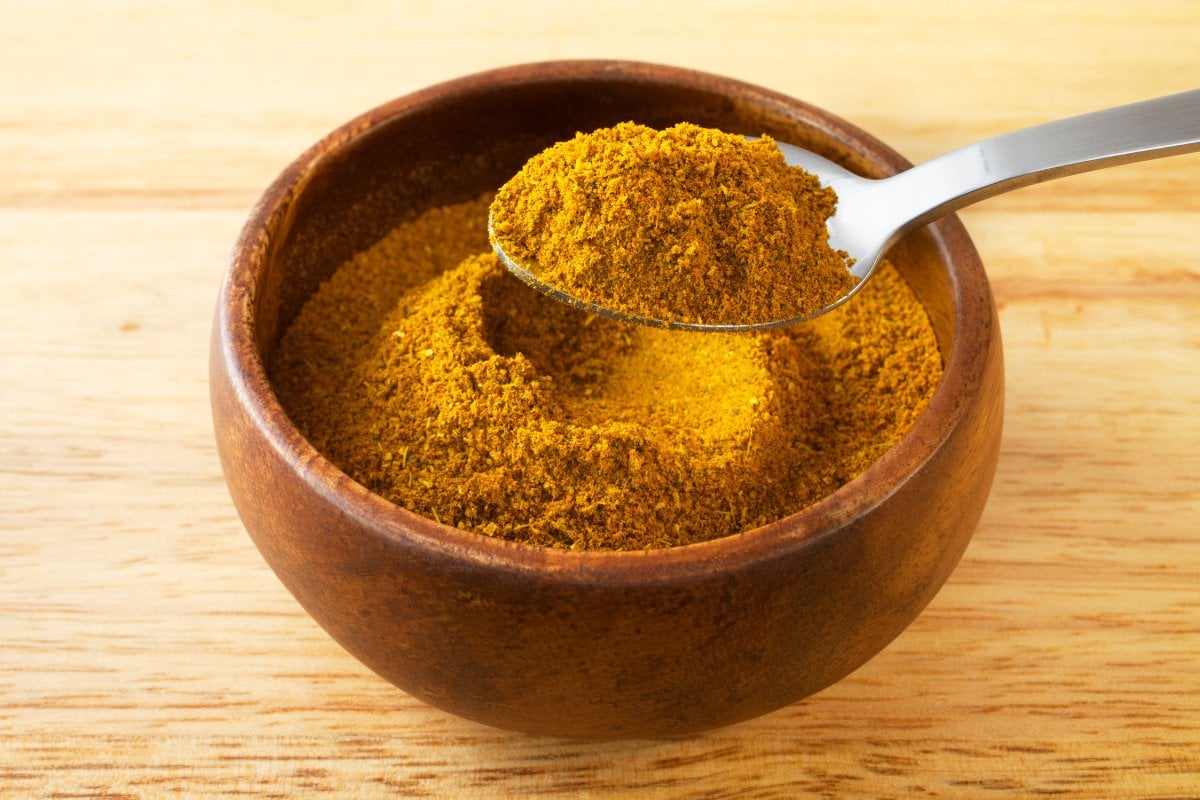
Ras El Hanout originates from Morocco and Algeria and is known for its complexity. Some blends even boast 30 to 80 ingredients, including nutmeg, cardamom, turmeric, mace, and pepper. The flavor profile of Ras El Hanout is intricate, presenting a mix of bitter, woody, and occasionally sweet notes. When substituting for Chinese five spice, it’s important to select a Ras El Hanout that closely resembles the desired flavor, as the taste can significantly vary between blends.
In terms of quantity, moderation is key. Typically, a third to a full tablespoon of Ras El Hanout should be enough to replace Chinese five spice without overpowering the dish.
5. Pumpkin Pie Spice
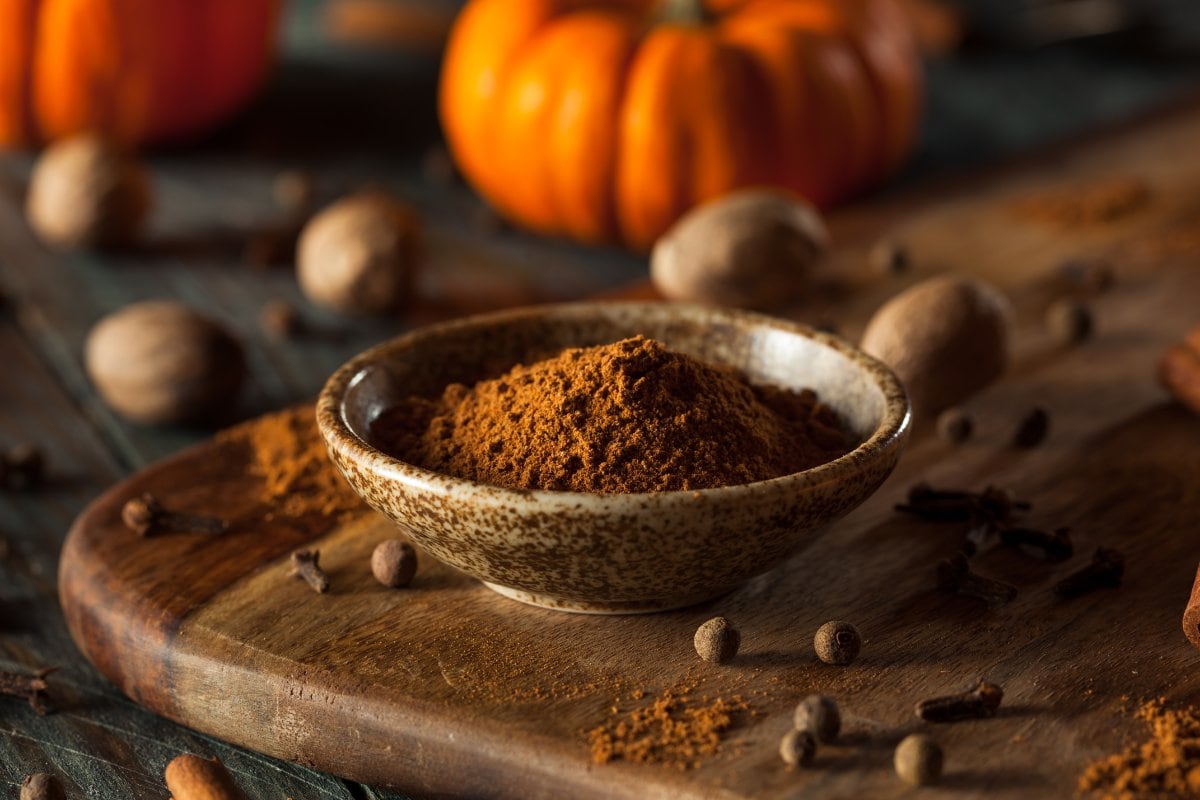
Pumpkin Pie Spice is a blend primarily used in American baking, especially for pumpkin pie. It typically includes cinnamon, ginger, nutmeg, and cloves, sometimes with the addition of allspice. This mix gives a warm, sweet flavor that’s quintessential for fall desserts.
When using Pumpkin Spice as a substitute for Chinese five spice, it’s best to start with a small amount and adjust to taste, as it lacks the anise and peppery notes but shares a similar warmth and sweetness. A common substitution ratio is to use equal parts of Pumpkin Pie Spice for Chinese five spice, then tweak as needed for the desired flavor profile.
6. Cinnamon and Star Anise
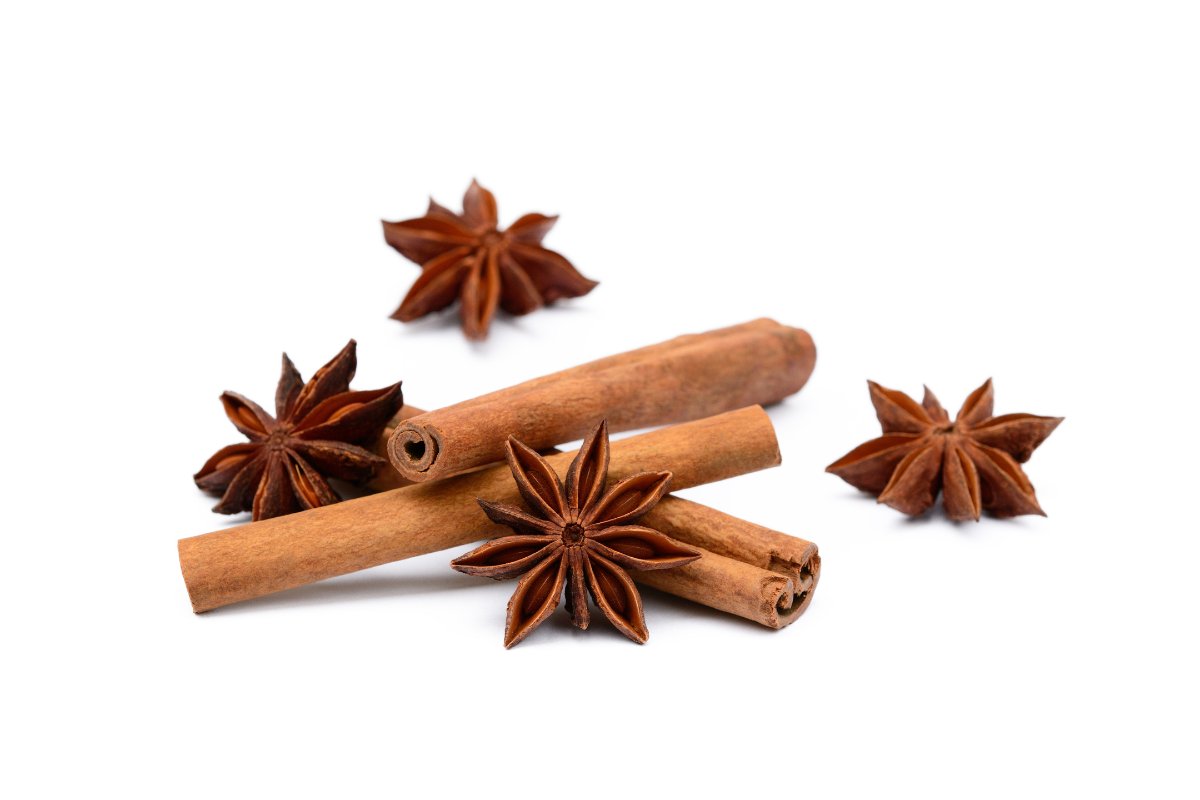
Star anise shares a licorice-like flavor with spices such as clove and fennel seed. Cinnamon, on the other hand, offers a distinct sweet and spicy taste. When combined, star anise and cinnamon create a flavorful blend that can rival Chinese five spice in culinary applications.
To achieve the right flavor balance when using these two spices as a substitute, careful measurement is essential. You’ll want to avoid an overly sweet or bitter taste. Adjusting the ratio of cinnamon to star anise is key to complementing your dish appropriately.
7. Allspice
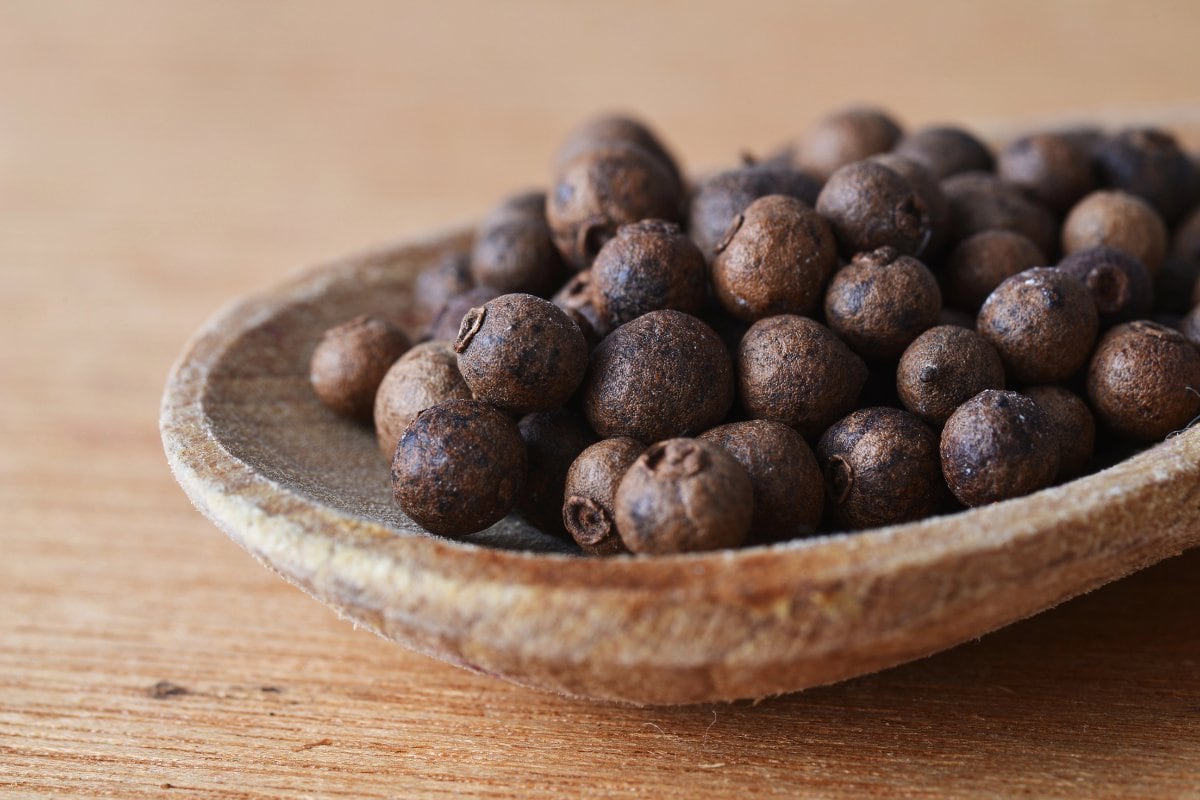
Allspice is a single spice derived from the dried berries of the Pimenta dioica tree. It is often mistaken for a blend due to its complex flavor profile. Allspice offers notes reminiscent of cinnamon, cloves, nutmeg, and a hint of pepper, giving it a sweet and warm character.
While Allspice doesn’t directly mimic Chinese five spice, its versatile flavor allows it to be used in a variety of dishes. Different cuisines use it in soups, marinades, and baked goods, where it can impart a similar warmth and sweetness.
8. Sichuan Pepper and Fennel Seeds
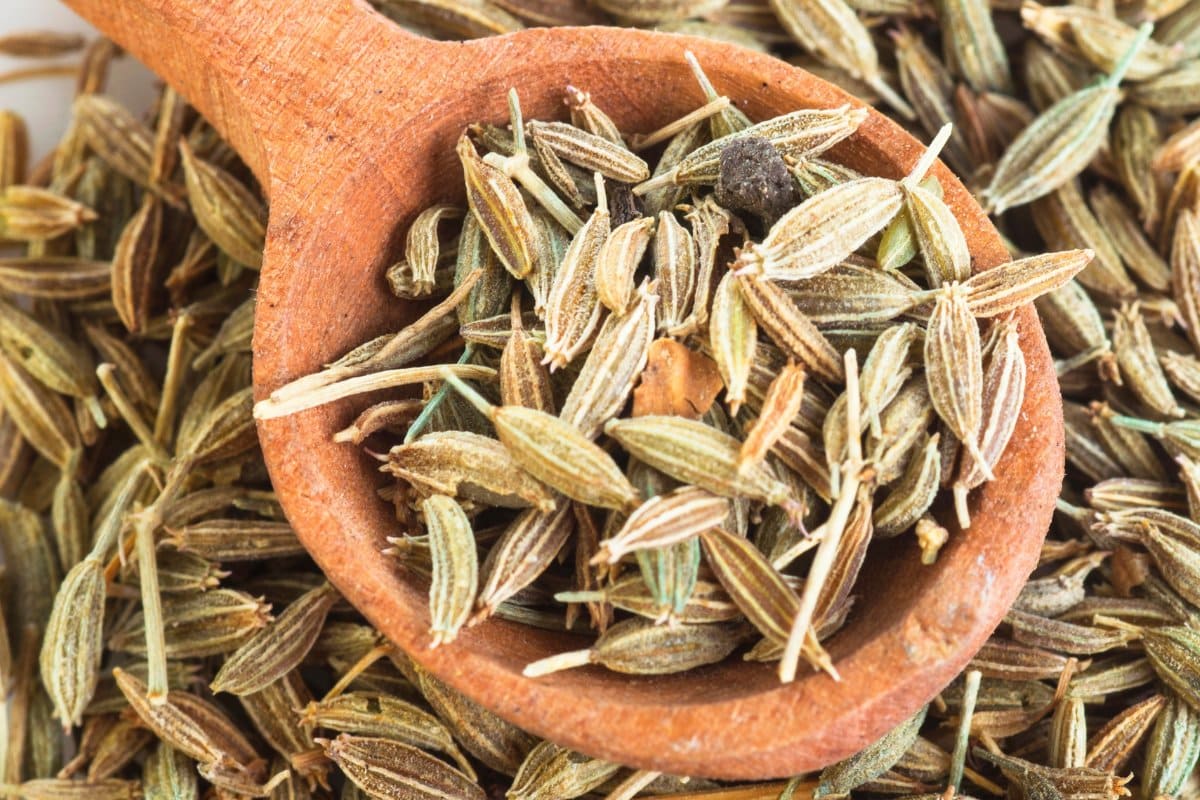
Using a combination of Sichuan pepper and fennel seeds can serve as an effective stand-in for Chinese five spice. Sichuan pepper brings a unique citrusy and slightly numbing sensation, while fennel seeds contribute a sweet, anise-like flavor. Together, they create a blend that balances bitterness, citrus notes, and sweetness.
When substituting Chinese five spice, start with a half tablespoon of each spice to yield one tablespoon of the blend. This ratio can be fine-tuned depending on the specific tastes and requirements of your recipe.
9. Star Anise and Garam Masala
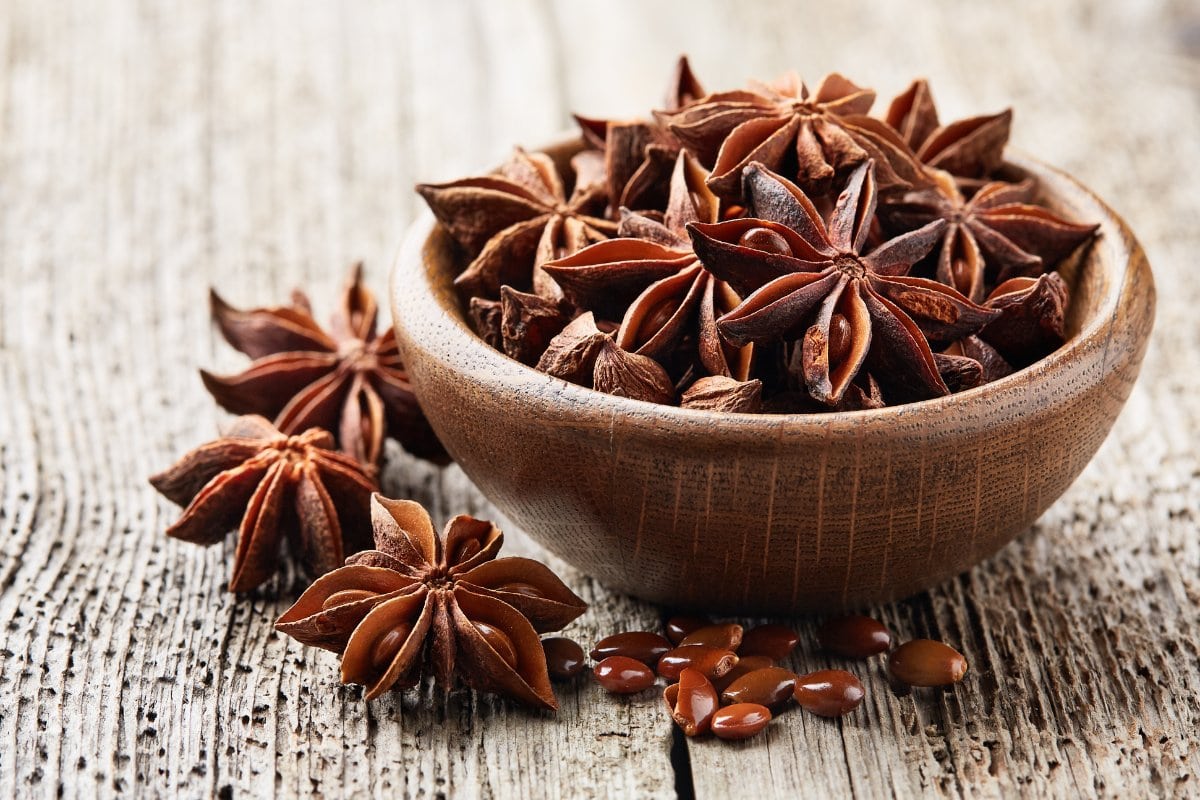
Pairing Garam Masala with star anise might seem unconventional, yet this duo can effectively replicate the complex flavor of Chinese five spice. The warm spices of Garam Masala combine beautifully with the licorice notes of star anise to create a flavorful blend.
For a recipe calling for one teaspoon of Chinese five spice, a blend of ¼ teaspoon of star anise and ½ teaspoon of Garam Masala can serve as an excellent alternative.
10. Cinnamon Sticks and Dillweed
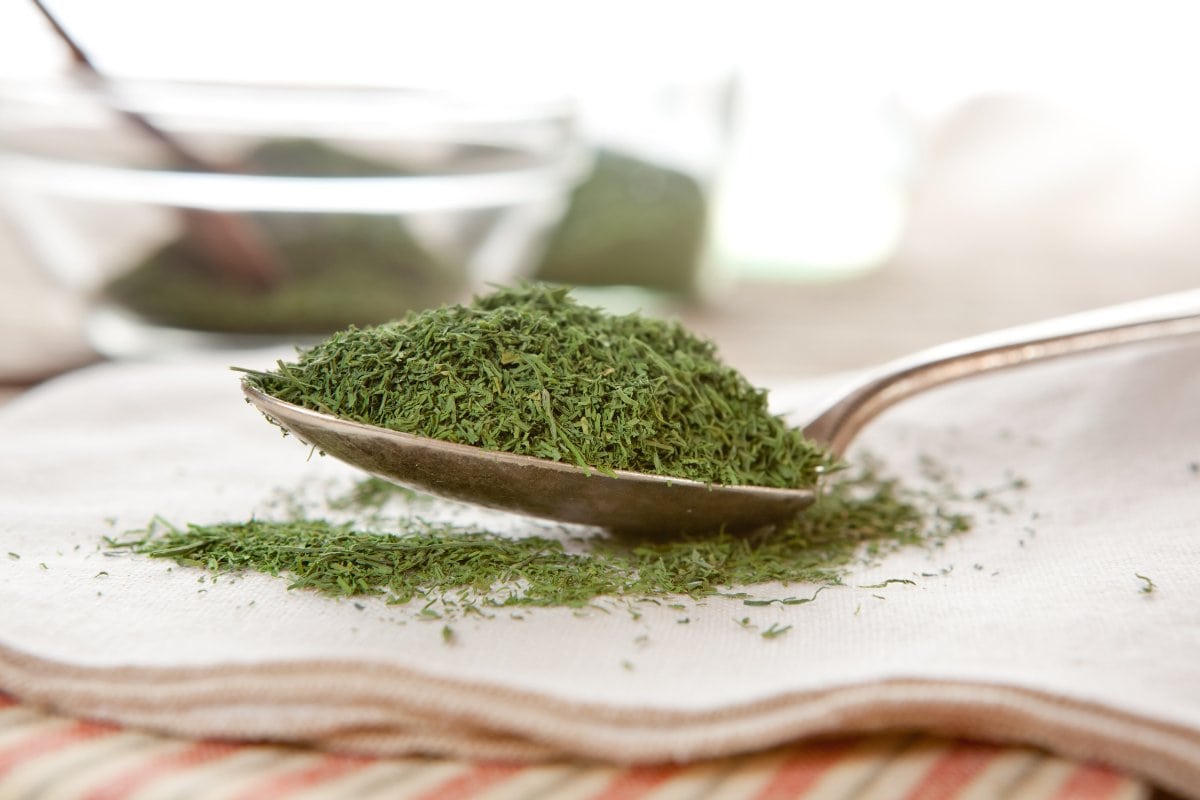
Cinnamon sticks and dill weed, both staples in many kitchens, can be an unexpected yet great combination. When paired, they offer a balance of spicy warmth from the cinnamon and a sweet, grassy note from the dill weed.
However, to harness the full potential of this pairing, some preparation is necessary. Fresh dill weed should be finely chopped to prevent it from becoming limp and potentially detracting from the dish’s texture. After prepping the dill, incorporate it gradually into your dish, followed by two cinnamon sticks or the required amount according to your recipe. This method ensures that both flavors will meld properly.
11. Homemade Chinese Five Spice
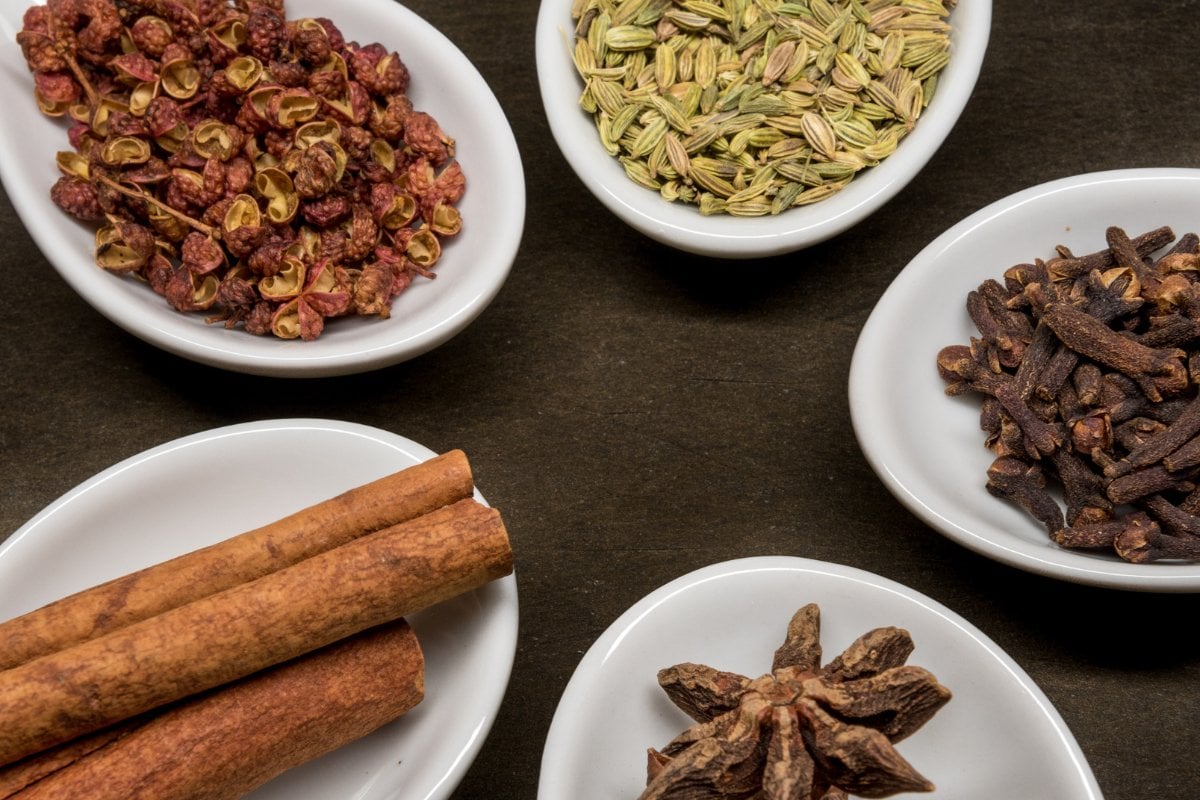
Creating your own homemade Chinese five spice is indeed the most authentic substitute and allows you to capture the essence of this classic blend perfectly. Here’s how you can make it using ground ingredients:
- 1 tbsp ground cinnamon
- 1/2 tsp ground cloves
- 1 tbsp ground fennel seeds
- 1 tbsp ground star anise
- 1 tbsp ground Sichuan peppercorns
For ground spices, simply combine them in a mixing bowl. Ensure they are as fresh as possible for the best flavor, and store the blend in an airtight container to maintain its potency.
If you’re starting with whole spices, break them into smaller pieces if necessary, and use a spice grinder or coffee grinder to achieve a fine powder. For additional depth of flavor, you can toast the spices in a dry pan or the oven at medium heat for 2 to 3 minutes before grinding. Allow them to cool before grinding to ensure a fine consistency.
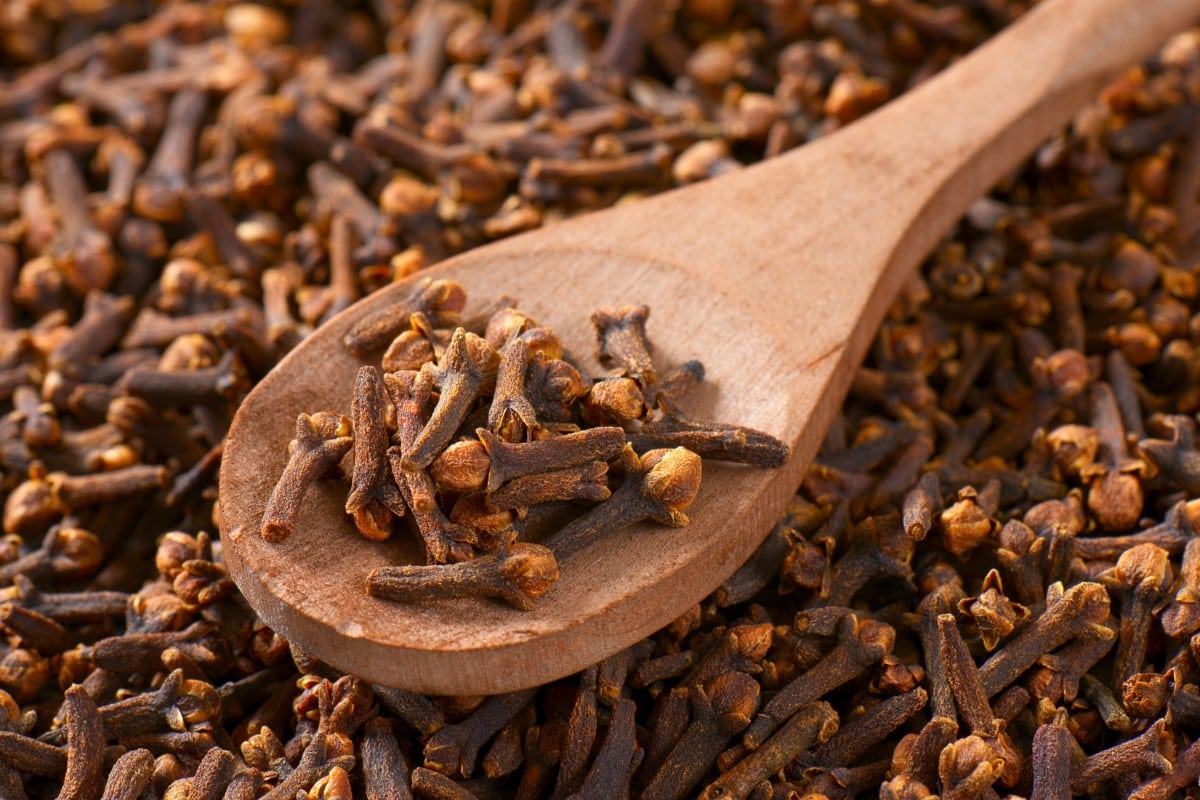
Chinese Five Spice Uses
Chinese five spice is a versatile and flavorful blend that can be incorporated into various dishes. Here are several ways to use Chinese five spice in your cooking:
- Dressings and sauces
- Rice dishes and noodles
- Desserts
- Snacks
- Stir-fries
- Marinades
- Soup and broths
- Braising
Tips for Perfect Substitution
When substituting Chinese five spice in your cooking, achieving the right balance of flavors is key to replicating its unique character. Here are some tips to ensure your substitutions are as effective as possible:
- Understand the flavor profile: Familiarize yourself with the taste of each component in Chinese five spice (cinnamon, cloves, fennel, star anise, and Sichuan peppercorns) to understand how they contribute to the overall flavor.
- Start with small amounts: When mixing your substitutes, begin with conservative measurements. You can always add more, but you can’t take it away once it’s in the dish.
- Balance the flavors: Aim for a balance between the sweet, warm, and spicy elements of the spice mix. None should overpower the others.
- Consider the dish: Think about the main flavors of the dish you’re preparing. Some substitutes may work better in certain recipes than others.
- Adjust as you go: Taste your dish as you cook and adjust the seasoning as needed. This will help you achieve the desired end result.
- Grind fresh when possible: If you’re using whole spices as a substitute, freshly grinding them will give you a more potent flavor than pre-ground spices.
- Store substitutes properly: Keep any homemade spice blends in airtight containers away from heat and light to preserve their flavor.
- Experiment: Don’t be afraid to experiment with different combinations to find the substitute that works best for your palate and the specific dish you’re creating.
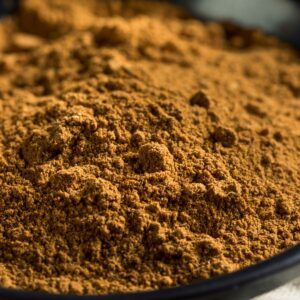
Chinese Five Spice Substitute
Ingredients
- 1 tbsp ground cinnamon for whole spices, see method below
- 1/2 tsp ground cloves for whole spices, see method below
- 1 tbsp ground fennel seeds for whole spices, see method below
- 1 tbsp ground star anise for whole spices, see method below
- 1 tbsp ground Sichuan peppercorns for whole spices, see method below
Instructions
Ground Spices Method
- For ground spices, simply combine them in a mixing bowl. Ensure they are as fresh as possible for the best flavor, and store the blend in an airtight container to maintain its potency.
Whole Spices Method
- If you’re starting with whole spices, break them into smaller pieces if necessary, and use a spice grinder or coffee grinder to achieve a fine powder. For additional depth of flavor, you can toast the spices in a dry pan or the oven at medium heat for 2 to 3 minutes before grinding. Allow them to cool before grinding to ensure a fine consistency.


I never thought about alternatives to Chinese Five Spice before. And this pumpkin pie spice is my fav! Tried it in a soup and it added a warm and comforting flavor. It’s perfect for the upcoming fall season!
This is super helpful! Just ran out with my Chinese five-spice powder while making popcorn chicken so I used cinnamon and star anise instead and it came out just as delicious! I’ll definitely have to try the shichuan pepper and fennel seeds next time!
I had no idea there were so many alternatives to Chinese Five Spice. I already tried Za’atar in my dressing and it gave that pleasant tangy kick. I’m really excited to experiment with the other substitutes!
This guide offers great alternatives, making my recipes full of flavor. I always get excited to experiment and use different spices. Thanks for sharing.
Great tips! I love Asian food, but I’m not a huge fan of 5-spice powder. I am going to give some of these alternatives a try.